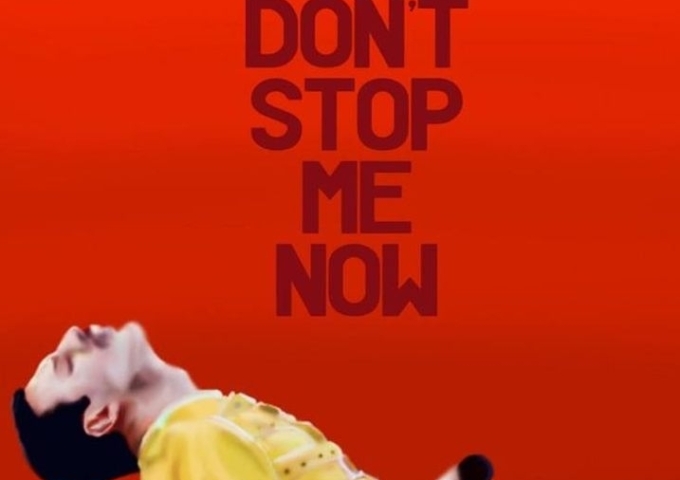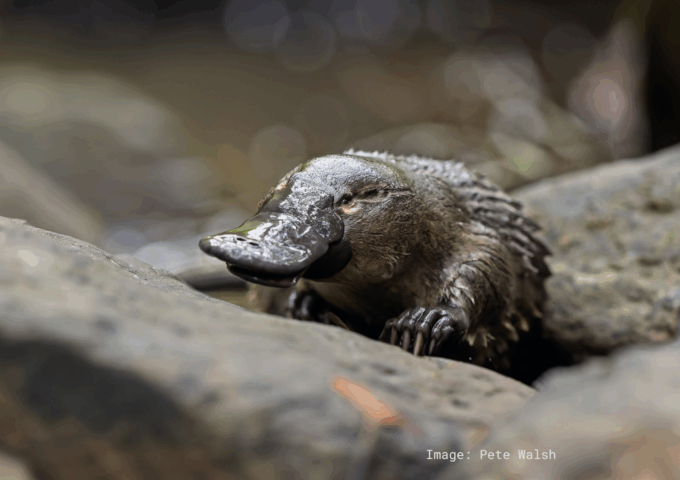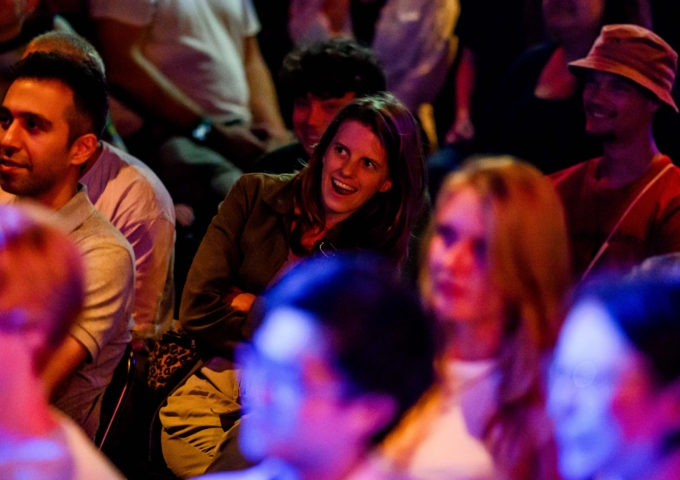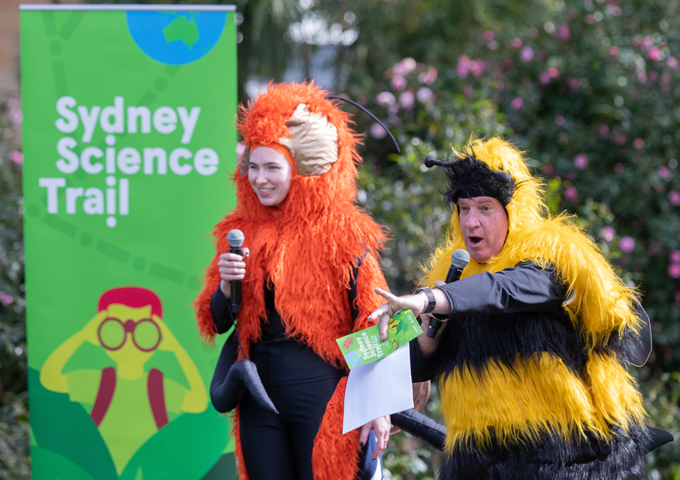
Science in New South Wales includes tens of thousands of years of Traditional Knowledge, the world’s first electronic pacemaker, the ‘living fossil’ Wollemi pine, Australia’s research reactor, thousands or researchers and possibly millions of citizen scientists.
State Minister for Innovation, Science and Technology Anoulack Chanthivong officially launched Science Week in New South Wales at a special event hosted by the University of Wollongong, saying:
“National Science Week is one of the most exciting events in the calendar, sparking curiosity among young and old.
“It’s a unique chance for everyone to gain a new appreciation of how scientific work improves our everyday lives.
“By making science accessible to all, we can inspire future generations and foster a culture of innovation and curiosity.”
Below is a selection of highlight events to give you a taste of the science smorgasbord on offer. Alternatively, use the search engine to find more events in NSW.
Indigenous Science Experience: Sky Country, Indigenous Knowledge and VR: Saturday 9 August in Redfern
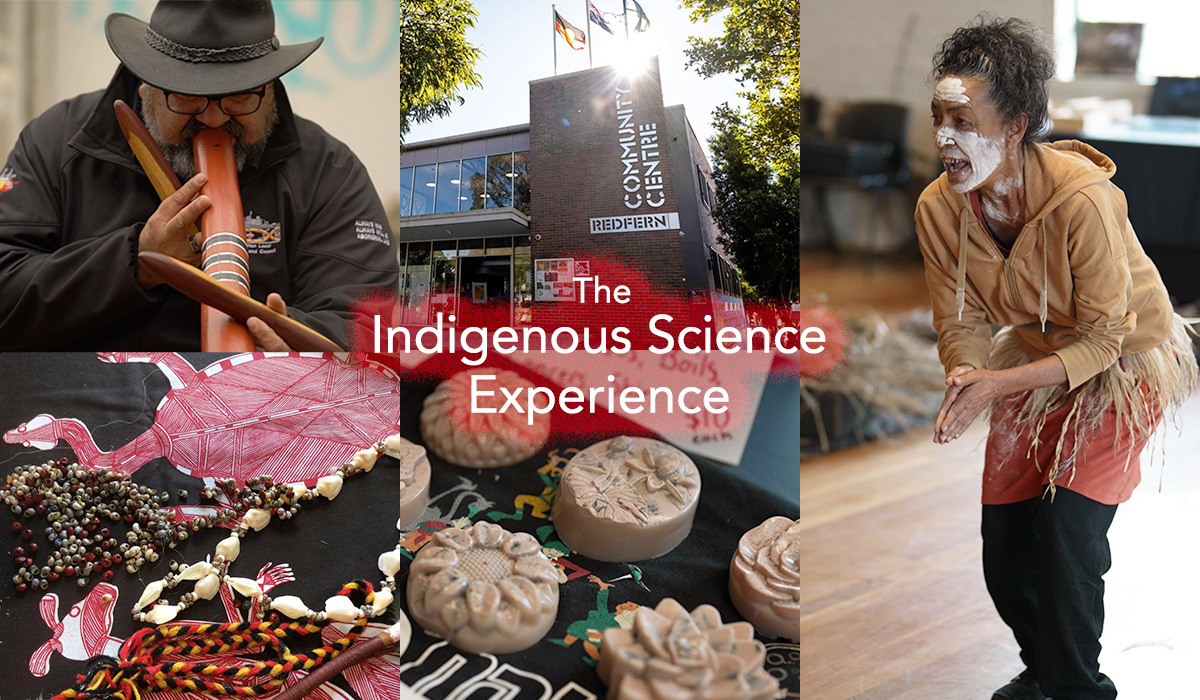 How can virtual reality games open a portal to Torres Strait Islander culture? What does Aboriginal astronomy tell us about the night sky? And how do Indigenous knowledge systems help us understand physics, healthcare and environmental sustainability?
How can virtual reality games open a portal to Torres Strait Islander culture? What does Aboriginal astronomy tell us about the night sky? And how do Indigenous knowledge systems help us understand physics, healthcare and environmental sustainability?
‘Indigenous Science Experience’ at Redfern Community Centre celebrates Indigenous knowledge systems and their impact on safeguarding natural resources, sustainable living and innovation. Activities also explore the science of sound, weaving, bush foods, cultural uses of seaweeds, and movement science incorporating Aboriginal dance.
Science at the Edge of Consciousness: Thursday 14 August in Marrickville
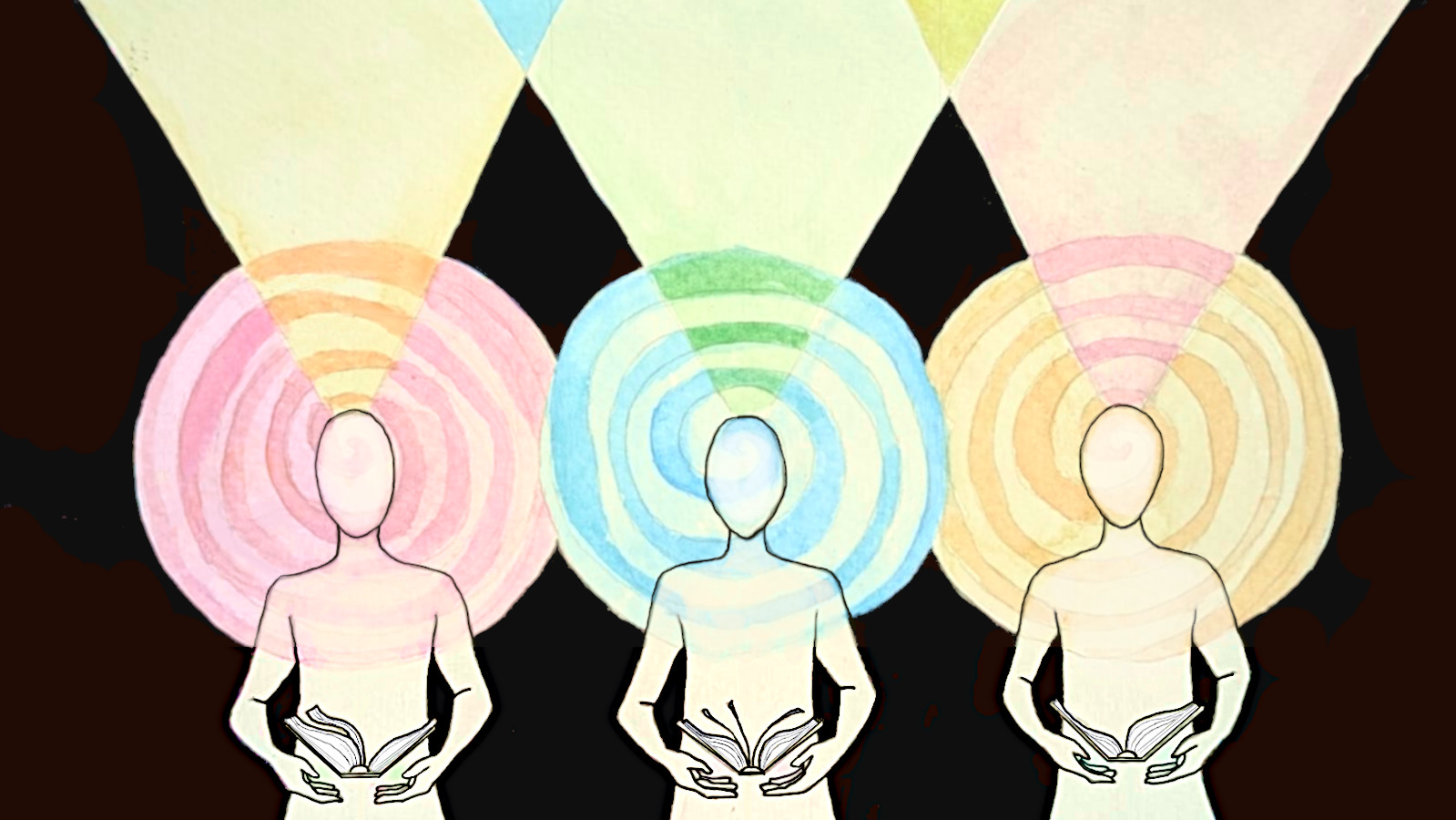 Can psychedelics, flicker light therapy, hypnosis, meditation and other ancient and modern mind-altering tools improve mental health and cognition?
Can psychedelics, flicker light therapy, hypnosis, meditation and other ancient and modern mind-altering tools improve mental health and cognition?
Find out when researchers from Macquarie University’s Altered States Lab present ‘Science at the Edge of Consciousness’, inviting the public to experience and compare some consciousness altering technologies.
Into the Deep – Science today, for our oceans tomorrow: Thursday 14 August in Sydney
 From saving the Sydney seahorse and protecting the zebra shark to restoring Sydney’s underwater forests: ocean researchers are going to great efforts to protect and restore Sydney’s ocean environments.
From saving the Sydney seahorse and protecting the zebra shark to restoring Sydney’s underwater forests: ocean researchers are going to great efforts to protect and restore Sydney’s ocean environments.
Experts will take part in a panel discussion at the SEA LIFE Sydney Aquarium on the diverse paths, insights and challenges faced by conservation researchers. The aquarium’s current exhibits highlight these projects and the impact of research on habitat restoration, fisheries sustainability and endangered species protection.
Dinosaurs after Dark and what to do if you find a dinosaur bone in your back yard – Thursday 14 August in Ryde
 Find out what to do if you dig up a fossil or First Nations artefact from palaeontologist and archaeologist Sally Hurst, who launched ‘Found a Fossil Project’.
Find out what to do if you dig up a fossil or First Nations artefact from palaeontologist and archaeologist Sally Hurst, who launched ‘Found a Fossil Project’.
She talks about life as a female fossil hunter and invites audience questions when Ryde Library hosts ‘Dinosaurs after Dark’.
Gut Feelings: step inside a giant, woolly gut – Gymea
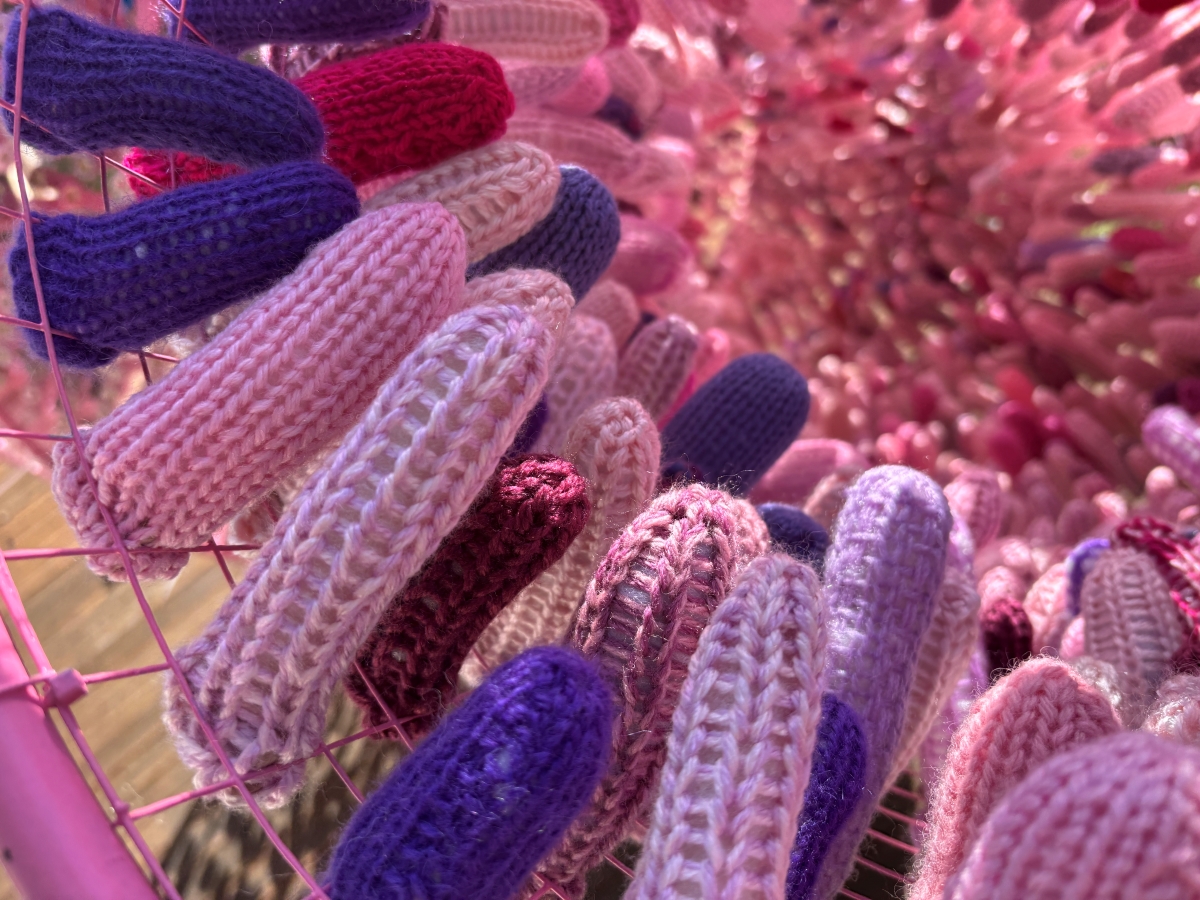 Textile artists and community members have knitted a giant walk-in gut to explore the gut microbiome and its impact on mental health.
Textile artists and community members have knitted a giant walk-in gut to explore the gut microbiome and its impact on mental health.
It’s part of the ‘Gut Feelings’ exhibition, the brainchild of three artists behind a collaborative science-based crafting initiative that builds on the success of the Neural Knitworks project.
For the past two years, the team has presented numerous workshops and informal knit and stitch sessions across Sydney. This has brought people of all ages and abilities together to create textile microbes and intestinal villi and find out about the gut-brain connection.
Community members involved in ‘Gut Feelings’ have engaged with researchers and followed scientifically-informed patterns to knit, crochet, weave and stitch more than 4,000 villi, 450 gut epithelial cells, hundreds of microbes, a life-size figure showing the longest nerve in the body, and an assortment of food.
Researchers who participated in the project are from UNSW Sydney, University of Sydney, University of Technology and ANSTO. Others from Flinders University (South Australia) and the University of Western Australia have provided research images on display alongside the crafted installations.
Decoding the Ocean: an icy ocean expert and the navy’s weather forecaster talk climate and careers: Friday 15 August in Sydney
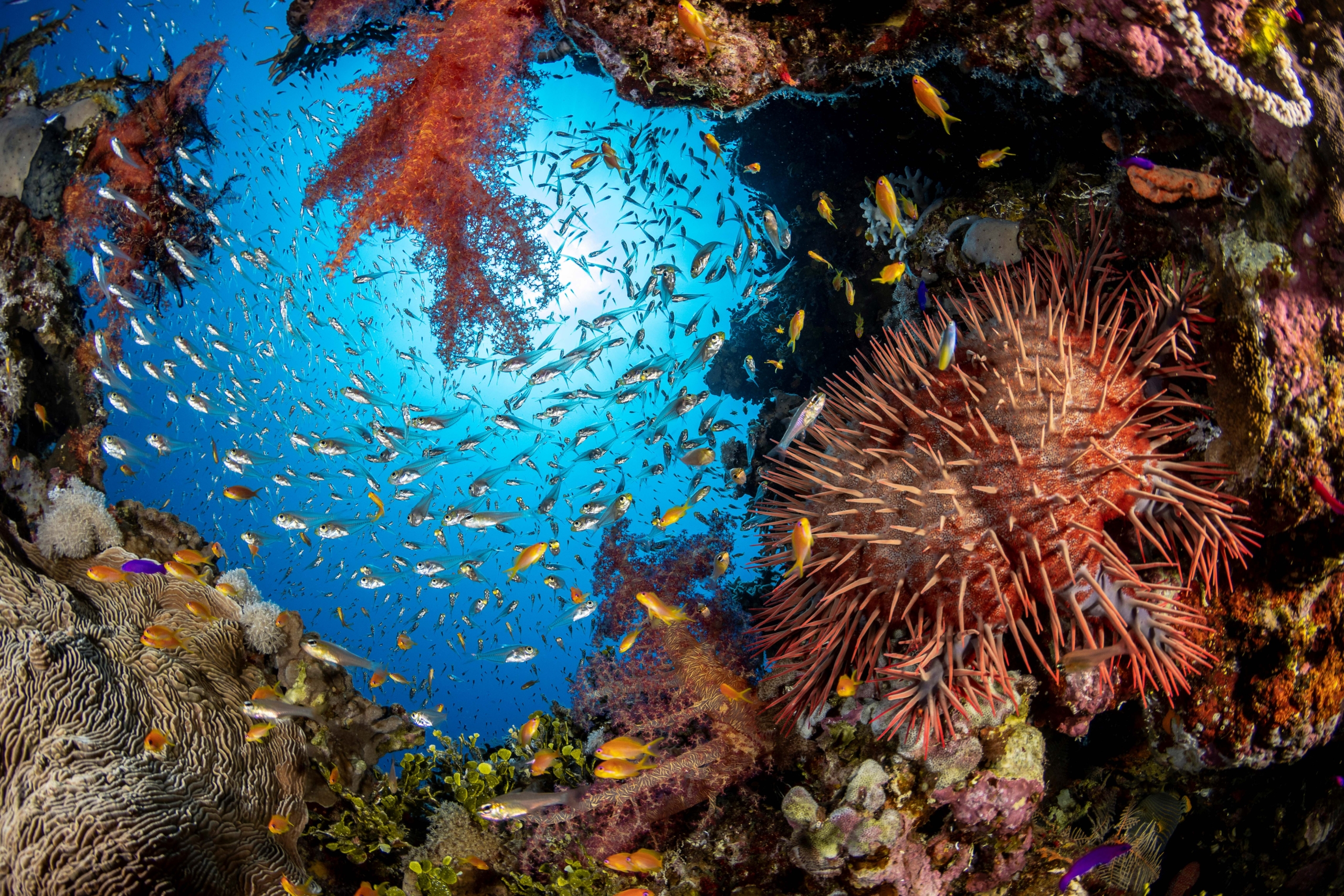
High school students are set to take a deep dive into climate science, meteorology and oceanography at the Australian National Maritime Museum. They will meet:
- Swimmer, surfer and Australia’s leading ocean modeller, Matthew England, who first captured Antarctic water-masses in global climate models. The UNSW Scientia Professor received the Pavel S. Molchanov Climate Communications Prize.
- Royal Australian Navy Meteorology and Oceanography Officer, Lieutenant Holly Boubouras, who spent a stint working in Antarctica.
Step inside a giant inflatable Poo Palace: Sunday 17 August in Newcastle, NSW
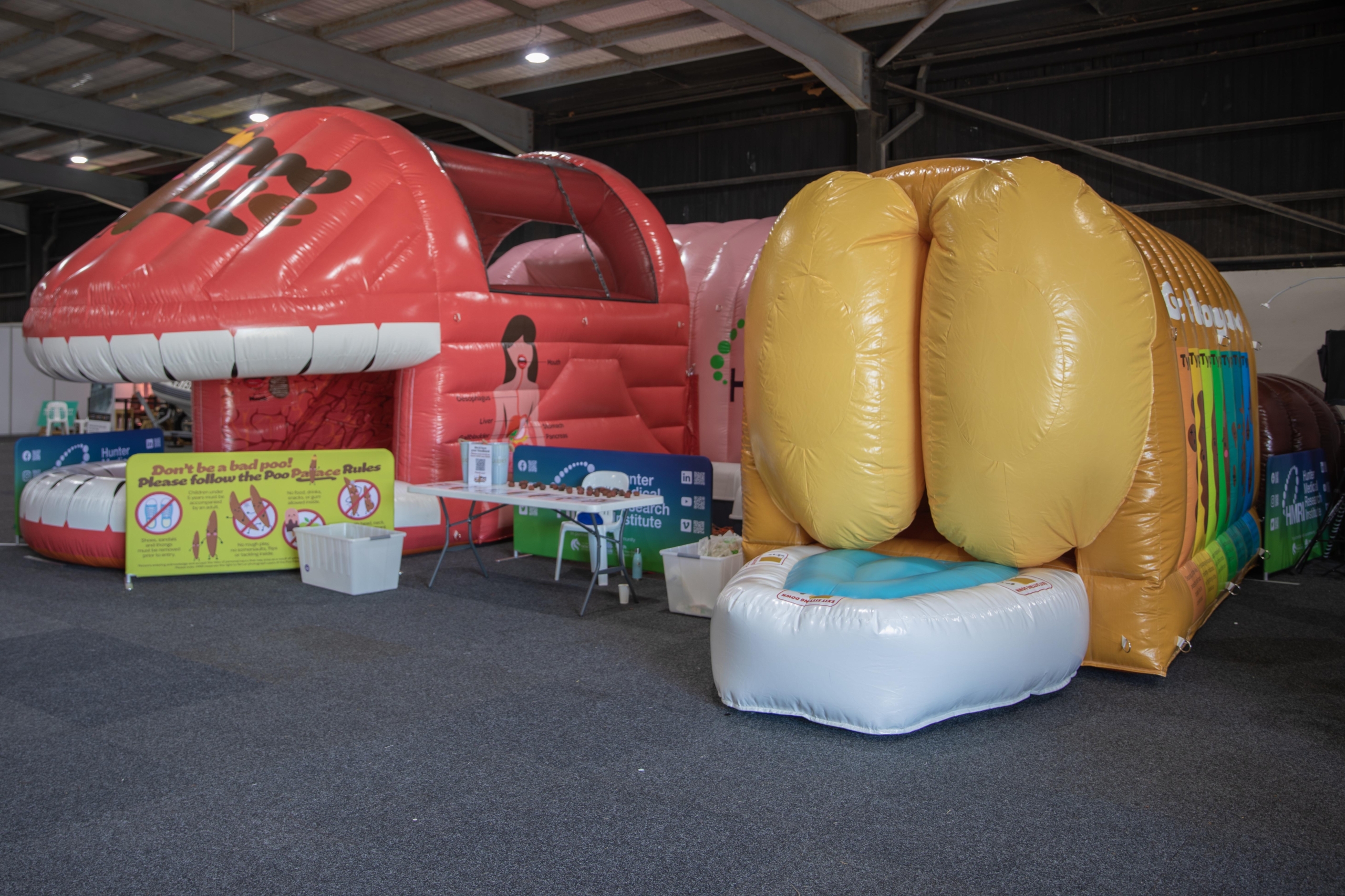 Experience the journey that food goes on, and ask the experts about digestion, farts and faeces, gut health and good bacteria.
Experience the journey that food goes on, and ask the experts about digestion, farts and faeces, gut health and good bacteria.
The Poo Palace is a giant inflatable re-creation of the digestive system where children take a sensory adventure through the gastrointestinal tract, from lips to lavatory.
It is made up of 4 modules that mimic the journey food takes along the digestive tract (mouth, stomach, small intestine, large intestine).
Children learn firsthand how food moves through the body, and through live experiments with researchers from the Hunter Medical Research Institute.
Science in the Swamp: superpowers of nature – Sunday 17 August in Centennial Park, Sydney
 Explore plankton’s critical role in conservation, ID a frog, learn how Indigenous knowledge systems harness nature’s superpowers, use solar scopes to observe the sun, or wander the wetlands. ‘Science in the Swamp’ also features Ginger the life-sized Australovenator dinosaur, a spider show, explosive experiments, a slime station and more. The free event is a partnership between Centennial Parklands and science exhibition providers. The 2025 theme explores extraordinary adaptations of plants, animals and ecosystems.
Explore plankton’s critical role in conservation, ID a frog, learn how Indigenous knowledge systems harness nature’s superpowers, use solar scopes to observe the sun, or wander the wetlands. ‘Science in the Swamp’ also features Ginger the life-sized Australovenator dinosaur, a spider show, explosive experiments, a slime station and more. The free event is a partnership between Centennial Parklands and science exhibition providers. The 2025 theme explores extraordinary adaptations of plants, animals and ecosystems.
The Science Behind Saving Lives at Sea: Saturday 16 August in Port Macquarie
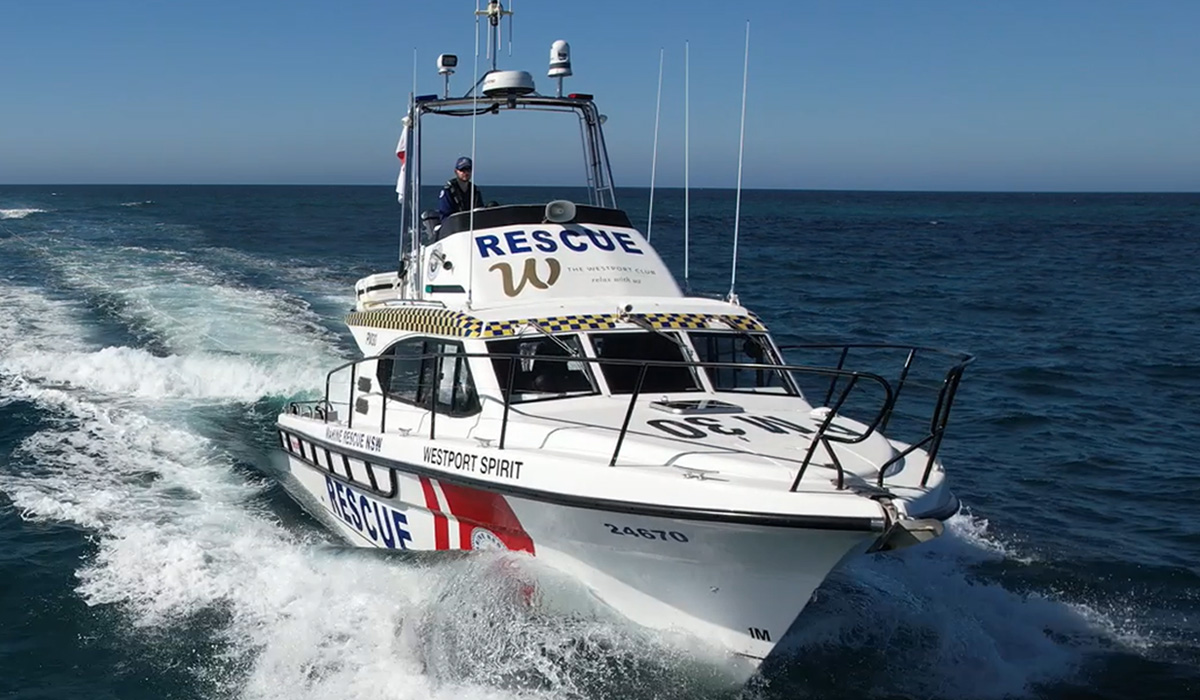 Rescue a model whale, compete in knot-tying, goggle at underwater drones and learn how waves, wind and currents impact marine rescue operations. From the chemistry of distress flares to physics of personal floatation devices, survival at sea is anchored to advances in science.
Rescue a model whale, compete in knot-tying, goggle at underwater drones and learn how waves, wind and currents impact marine rescue operations. From the chemistry of distress flares to physics of personal floatation devices, survival at sea is anchored to advances in science.
Volunteer Marine Rescue NSW invites the public to discover the underlying scientific principles that make search and rescue operations possible.
Meet marine rescue volunteers, master mariners, an ex-Navy clearance diver, remote sensing experts, and marine and earth systems scientists at this family-friendly event, complete with competitions and prizes.
Alison Cameron-Brown, a master level mariner, will also discuss the role of women in the marine industry, highlighting careers in marine science.
Knots, Graphs, and Algebra, a Story of Surprises: Friday 15 August in Camperdown
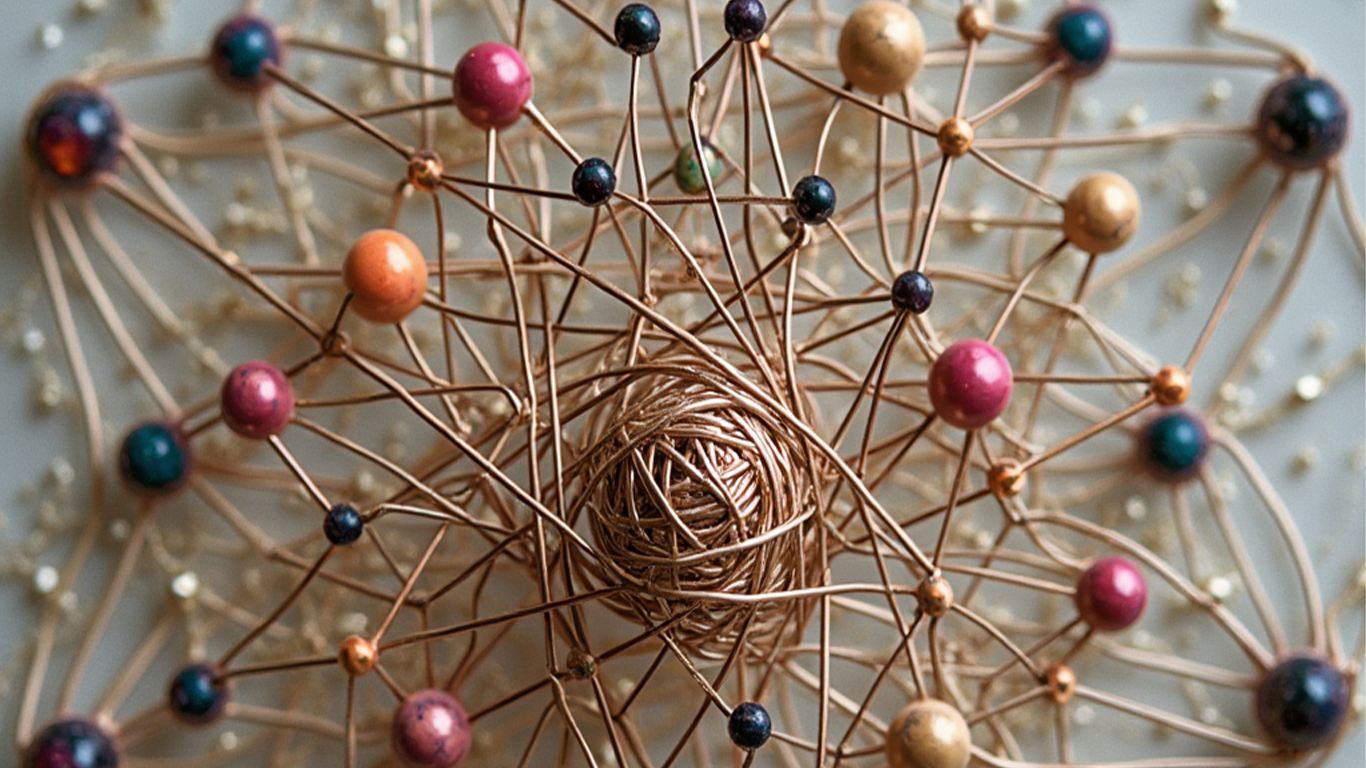 Meet maths professor Zsuzsanna Dancso, who uses the mathematics of knots to untangle complex transit maps, understand social networks, and improve machine learning.
Meet maths professor Zsuzsanna Dancso, who uses the mathematics of knots to untangle complex transit maps, understand social networks, and improve machine learning.
Zsuzsanna shares how algebra and the mathematics of knots reveal surprising connections between shapes and systems.
Sydney Zoo presents Decoding the Wild: Saturday 9 – Sunday 17 August in Bungarribee
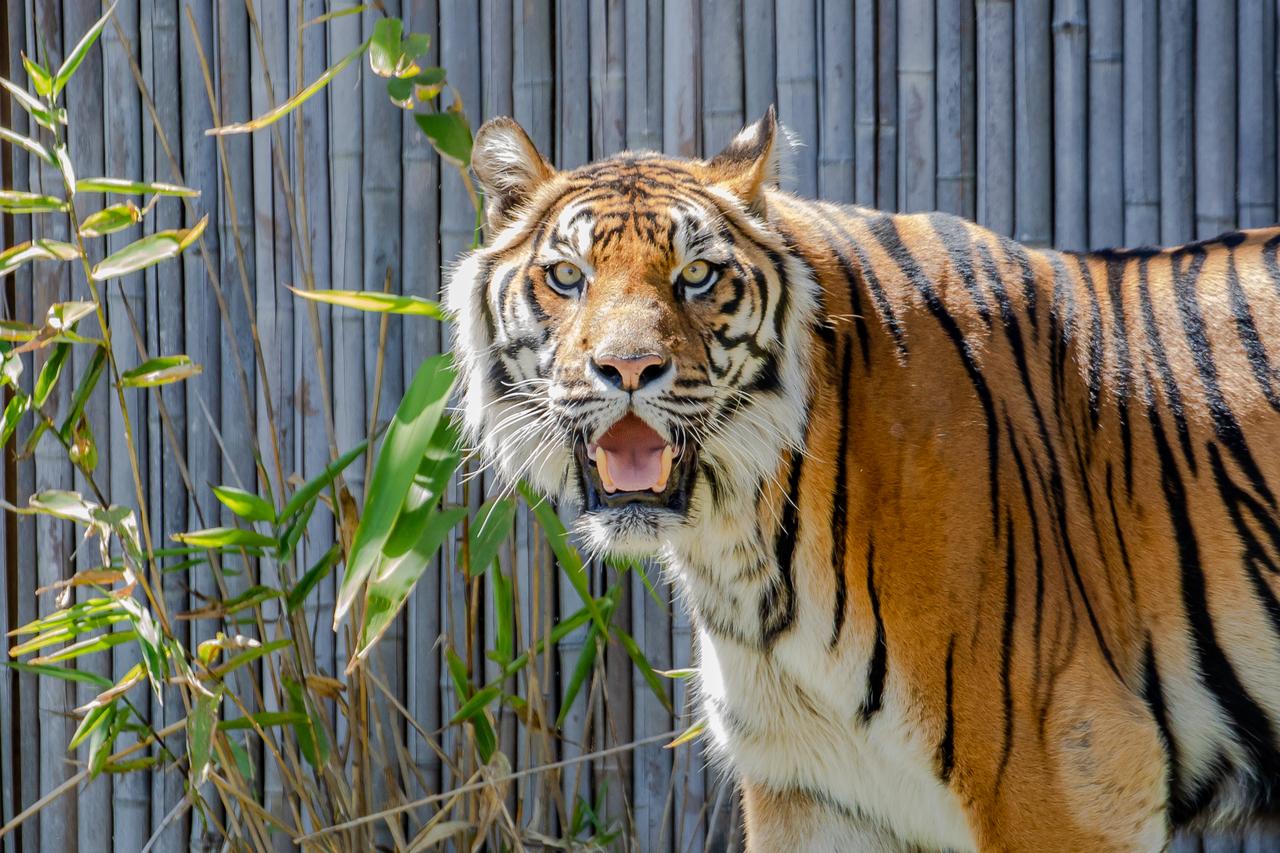 How do wild animals and insects communicate? What can animal poo samples and genetics tell us? And why do bats rely on ultrasonic sounds for hunting, while elephants produce infrasound?
How do wild animals and insects communicate? What can animal poo samples and genetics tell us? And why do bats rely on ultrasonic sounds for hunting, while elephants produce infrasound?
Ask the experts at Sydney Zoo, as they lead a program of special activities.
Plus, tap into First Nations Knowledge on the ‘Bungarribee Dreaming’ experience, led by Aboriginal guides.




